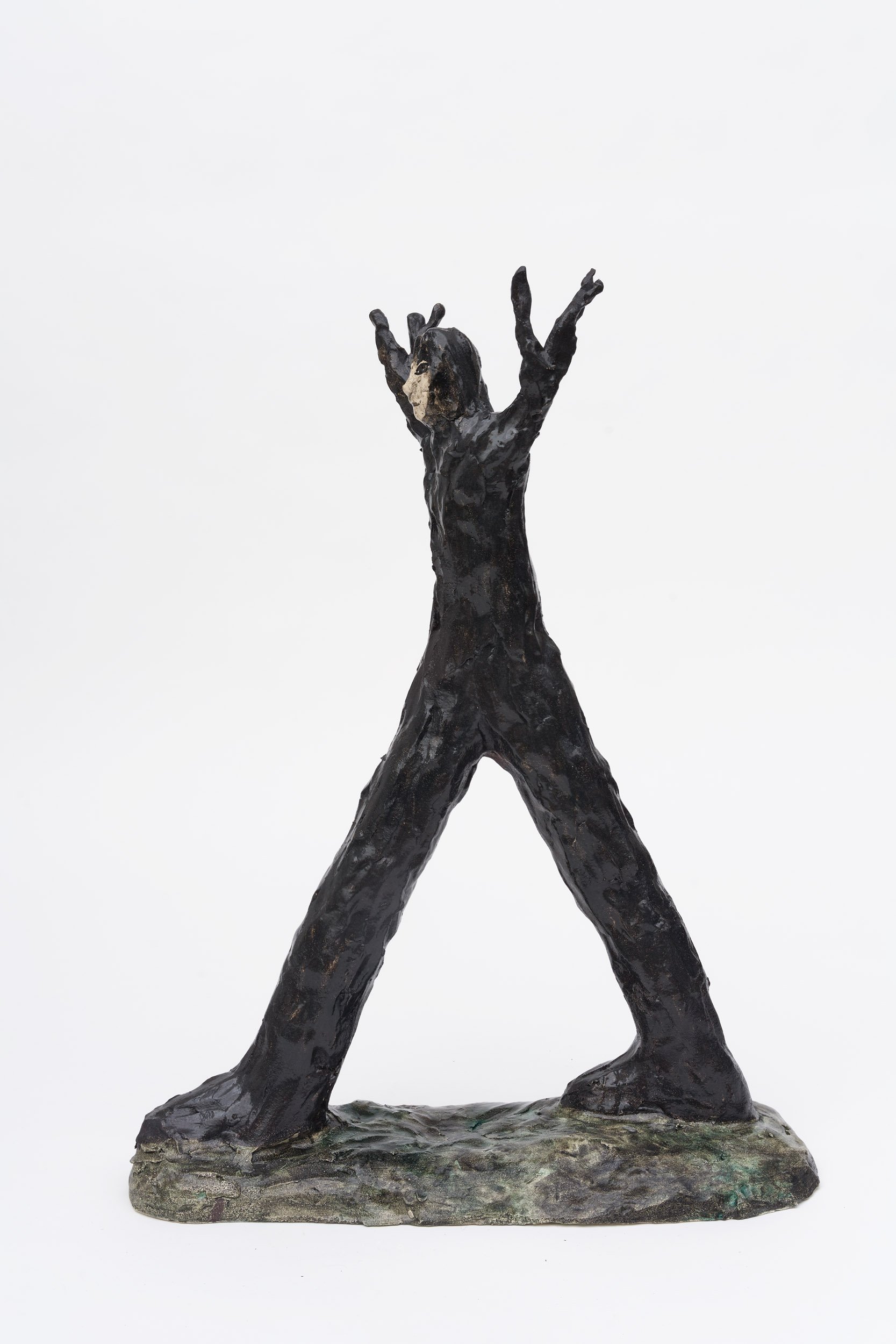Klara Kristalova | 'Flora and Fauna' at Perrotin in New York
by Tiana Molony
Klara Kristalova. Trio of you, 2022. Glazed stoneware 32 x 24 x 16 cm. Courtesy the artist and Perrotin.
Artist Klara Kristalova’s new collection explores Nordic myths and childhood memories through ceramics. In a move to work with slower materials, Kristalova found her niche through ceramic work. Jumping from the two-dimensional art realm, Flora and Fauna brings drawings to life. Alluding to Nordic myths and childhood memories, the collection displays non-mortal creatures and nods to the natural world. Pulling inspiration from the French Seaside for her piece "Sorcière De La Mer," Kristalova established a specific setting for each piece creating a universal understanding for the viewer. Kristalova’s collection Flora and Fauna is on display at Perrotin in New York through October 22, 2022.
We caught up with Kristalova to discuss Nordic mythology, the French Seaside, and her largest installation yet.
Klara Kristalova. Beauty, 2022. Glazed stoneware. 75 x 42 x 30 cm. Courtesy of the artist and Perrotin.
How did you originally come to work with ceramic as material?
I did a lot of printmaking and painting during my education but felt the material was somehow too fast. I wanted to work with something slower, more resistant. I tried paper mache but came into clay pretty quickly, since it was present in big basins in the sculptural department, but it was not for firing. I simply started to build up things, like three-dimensional drawings. I think an important reason I felt at home in it was that my mother was a trained ceramist and we had it at home when I was a child. When one of my professors said glazed ceramics was a no no for an artist I think that was what really led me into it because I felt I could create my own undisturbed space with it. It was also very suitable for the kind of three-dimensional work I wanted to do. With color integrated.
Klara Kristalova. The animals language, 2021. Glazed stoneware. 32 x 40 x 22 cm. Courtesy of the artist and Perrotin.
Did your father, who was also an artist, influence your work?
Yes he did, he supported me, gave me advice and was very engaged, but for me it was also very important to have something to react against. He was doing a lot of large scale non figurative work.
Your work shares the motif of exploring the human psyche through Nordic myths, nature, and childhood memories—How does that motif appear in your Le Havre installation?
In the Le Havre sculpture I worked in discussion with the people that ordered the commission, and their wish was that it would be some kind of sea goddess figure. It was pretty hard at first since I work more with transformation and vulnerability, but somehow I managed to meld it together. You can see the work as a girl running and playing and at the same time a powerful character in constant change. When they asked for something that would be flat and turning in the wind, it sounded very hard to me but I really fell in love with the place that was intended for it, so to say no was not an option.
Klara Kristalova. Spaljekvinna, 2022. Glazed stoneware. 82 x 38.5 x 26 cm. Courtesy of the artist and Perrotin.
Le Havre is your largest installation yet—Given its size, did you feel pressure to create? Did you encounter any obstacles or artist’s block during its creation?
Yes it was complicated. Especially since I prefer to work alone in the studio with only part time assistants. I needed to find a way to build it and be able to turn it with only a few people helping and still make it large. It needed to be turnable since there would be relief on both sides. Both sides would be equal in importance and I couldn’t build it standing up because it was too big. But the worst was the very short timeline. So I went back to paper mache that I used a lot in my early days. First it was like sculpting with porridge, but I found ways and it worked out very good as a model for the casting. I really enjoyed the scale change.
Klara Kristalova. Still walking, 2022. Glazed stoneware. 74 x 56 x 20 cm. Courtesy of the artist and Perrotin.
You drew from the natural world around you, particularly the French Seaside, in the creation of "Sorcière de la mer"—how does this piece reflect upon human life/womanhood and its connection to the great outdoors?
It’s like I said above at the same time a young girl playing on the beach on an ordinary sunny day -- you, me or someone we know -- but at the same time something supernatural, a very powerful figure as strong as weather. The fact that it is constantly changing position with the wind and that she has two slightly different sides make the work alive. It’s never exactly the same because of light (time of day) and wind, if it’s wet by the sea or dry. Some sea creatures cling on her like charms but at the same time they are part of her. Among other things the work reflects a living being in constant change. I pulled a lot of inspiration from the place but also from the actual placement. Since there is a very nice little bar close to it you don’t just pass by. You can sit down there and spend some time with her.
Klara Kristalova. Winged, 2022. Glazed stoneware. 93 x 42 x 46 cm. Courtesy of the artist and Perrotin.
Tell us about the layout and concept of your exhibition at Perrotin New York, Flora and Fauna.
It’s a long thin table stretching through the room, almost floating. I wanted to do something that would activate the whole room. It binds the work together like a stream of suggestions of what life is like in different situations. The title Flora and Fauna was with me from the start. I usually do work on some level connected to things I see at home, beasts, and plants, but I wanted it to be more focused this time, like a thread going through that ties the work together, even if they all are individual pieces. Mainly my subject matter is transformation, from slightly different to bigger evolution. The title Flora and Fauna is referring to the ties between plant, animal, and man, how important we are to each other, and how entwined we are. I also chose to present drawings combined with work on shelves. The drawings are very often initially sketches for sculptures but sometimes expand into paintings. The drawings are important for me in the room, adding color and other dimensions, and the neon is there for a little sparkle.
Klara Kristalova. Horsegirl, 2022. Glazed stoneware. 39 x 40 x 21 cm. Courtesy of the artist and Perrotin.
Are there any techniques or materials in either installation you experimented with that you had never used before?
For Flora and Fauna I used neon for the first time, I used it for fun. I went to a chaotic workshop and got some ideas for electrical plants like robots, alive and at the same time not, and of course the electrical smile. Psychology, interaction behavior is probably my strongest interest. I'm shy but curious.
Photographed by Guillaume Ziccarelli. Courtesy of the artist and Perrotin.








